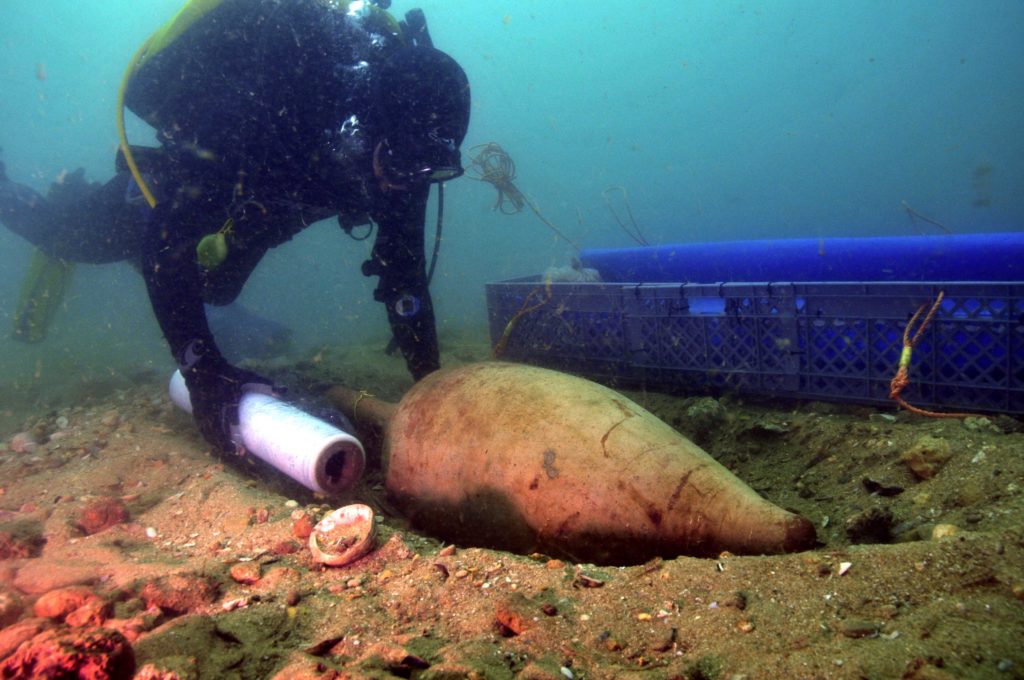
A 2000-year-old Roman amphora for the transport of wine, the only complete specimen to date collected in Portugal in the context of excavation, was recovered from the bottom of the River Arade during the underwater archaeological campaign that took place in June.
Cristóvão Fonseca, the archaeologist responsible for the works, revealed to the Sul Informação that it is “an amphora of the Dressel 1 type (dated from the end of the XNUMXnd century BC / mid XNUMXst century BC, produced on the Tyrrhenian coast of the Italian Peninsula, for the transport of wine), a complete specimen that to date has not had recognized in the context of underwater archaeological excavation at national level». «At the Museum of Portimão there is a specimen of this type, but it lacks the mouthpiece. And in other museums there are others, but they result from fortuitous finds, for example from deliveries made by fishermen, who collect them in their nets».
This amphora was recovered from the archesite called Arade B, which the researcher describes as “a complex site, with various contexts of Roman and modern shipwrecks and anchorages”.
But this was not the only more palpable result of this underwater archeology campaign in the Arade estuary: in the 5th-XNUMXth century ship named as GEO XNUMX, «a complete glass bottle was recovered, presumably ,, which could also help to clarify the ship's chronology', about which there is still no certainty.
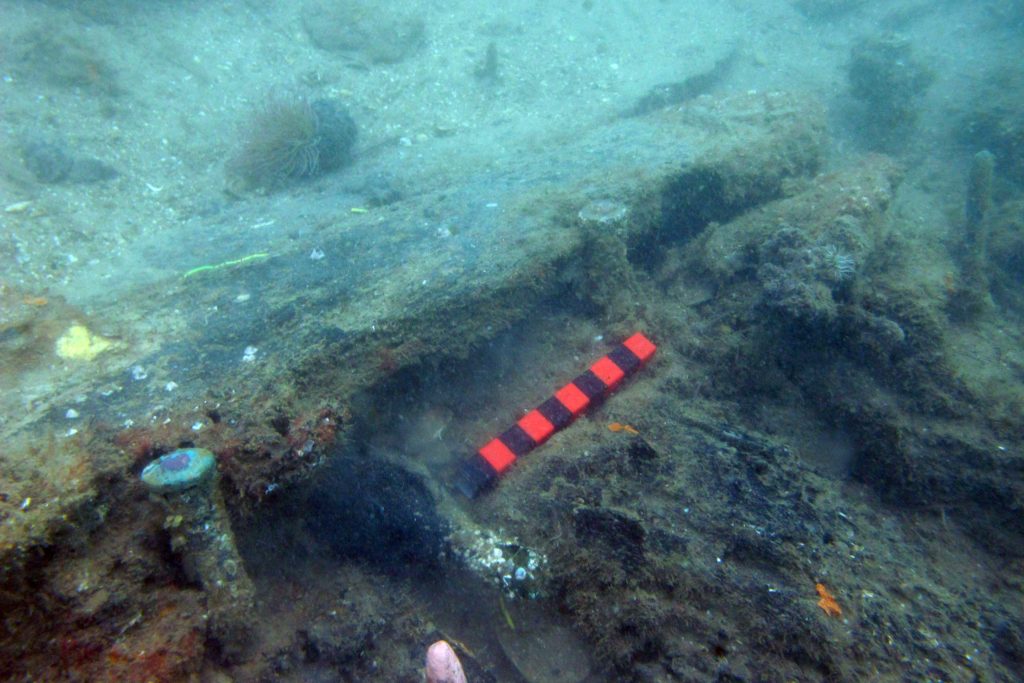
Equally important was the fact that the 'high level of exposure of the GEO 5 wooden vessel', whose structure was now largely outside the sands and silt of the river bed, proved to be 'an opportunity to record its naval structure and proceed with the collection of samples, which, after analysis, may constitute an opportunity to identify its origin», added Cristóvão Fonseca.
«In 2004, when I was working on the same site, we had already done a preliminary plan, but now, with new technologies, almost 15 years later, it was possible to make a more detailed and more exhaustive record», he explained.
In addition to those two archaeosites, the work carried out during the month of June also focused on Ponta do Altar B, a possible wreck from the beginning of the 23th century, and the ship Arade XNUMX, also dating back to the XNUMXth-XNUMXth centuries.
These archaeological works allowed “the identification and collection of unpublished data and artefacts, which contribute significantly to the recognition of the historical importance of the Arade River”, he said.
The archaeologist also underlined that «both tasks, archaeological excavation and ship registration, were not carried out in Arade for over 10 years, and there have been few similar initiatives in Portuguese territory, thus revealing itself as an important initiative and an example to be followed at national level'.
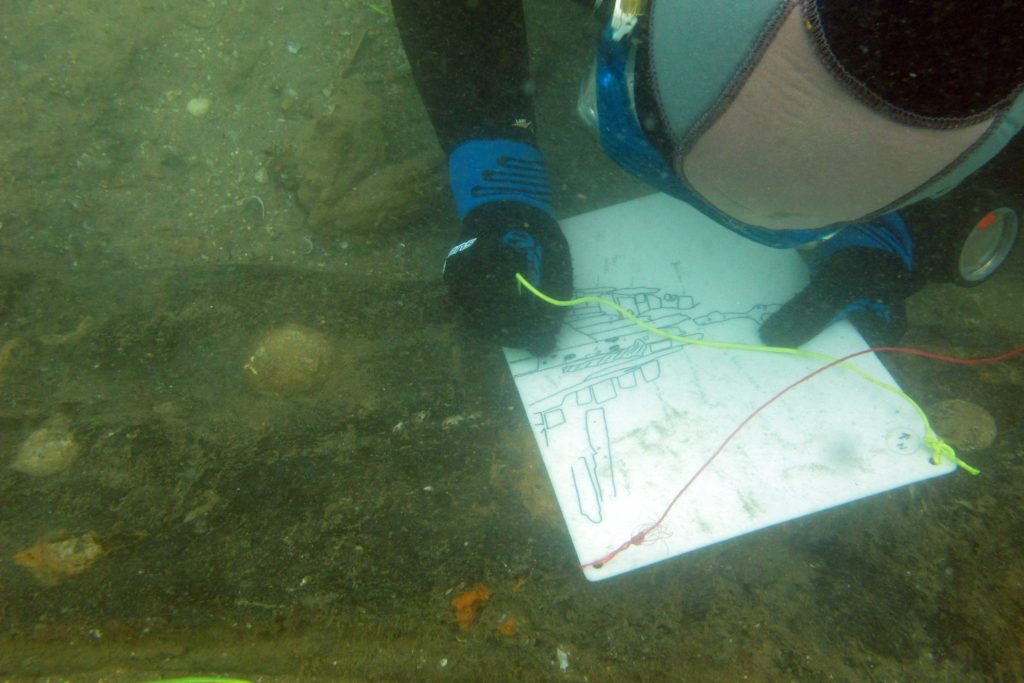
As I had already underlined at the time of the gathering promoted by the Group of Friends of the Museum of Portimão, about «The boats of Arade…48 years later», archaeologist Cristóvão Fonseca also made a point of stressing now, in a balance, «the importance of this work, considering the imminence of dredging to be carried out in the scope of the deepening and widening project of the navigation channel of the Port of Portimão”.
Admitting that the port work is “essential for the development of local and regional tourism”, the researcher emphasizes that this intervention “will, however, inevitably affect several of these archaeological sites”.
Therefore, "all rescue and valorization work on archaeological remains must be ensured", a condition that will guarantee that the port works can be "an important contribution to the historical and cultural tourism offer of the Algarve's heritage, namely with the increase number of future passengers entering by sea'.
After a month of intense work on the ground, another months of research now follow, in the office, such is the level and quantity of various data collected in this underwater excavation campaign. "A month in the field can be enough for a year of office work," said Cristóvão Fonseca.
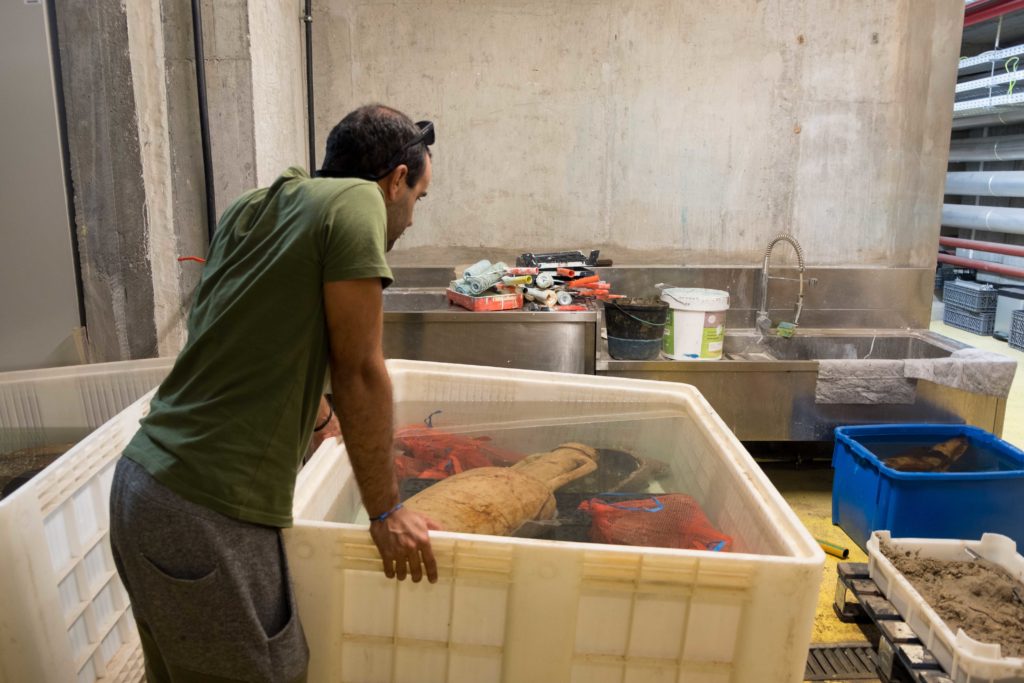
The underwater archeology campaign carried out on the Arade River took place within the framework of the collaboration protocol between the Municipality of Portimão, through the Portimão Museum, and the Faculty of Social and Human Sciences of the Universidade Nova de Lisboa (FCSH/NOVA), through the CHAM (FCSH/NOVA|UAc) and within the scope of the project “A millenary port complex in the Barlavento Algarvio: the archeology of the Arade river estuary”.
The campaign had the participation of FCSH archeology students and the support of several institutions: Foundation for Science and Technology, Clube Naval de Portimão, Group of Friends of the Portimão Museum, Ondanautica Lda, Underwater Diving Club Portisub, Centro of Subnauta Diving, Port Authority of Portimão, Administration of the Ports of Sines and the Algarve, General Directorate of Cultural Heritage and National Center for Nautical and Underwater Archeology.
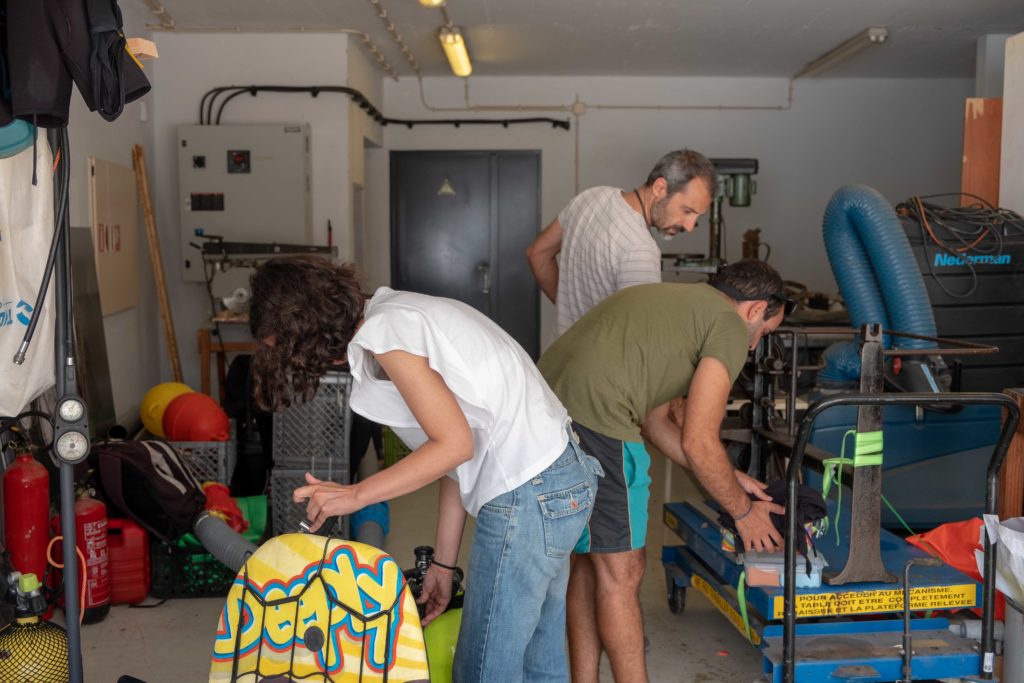
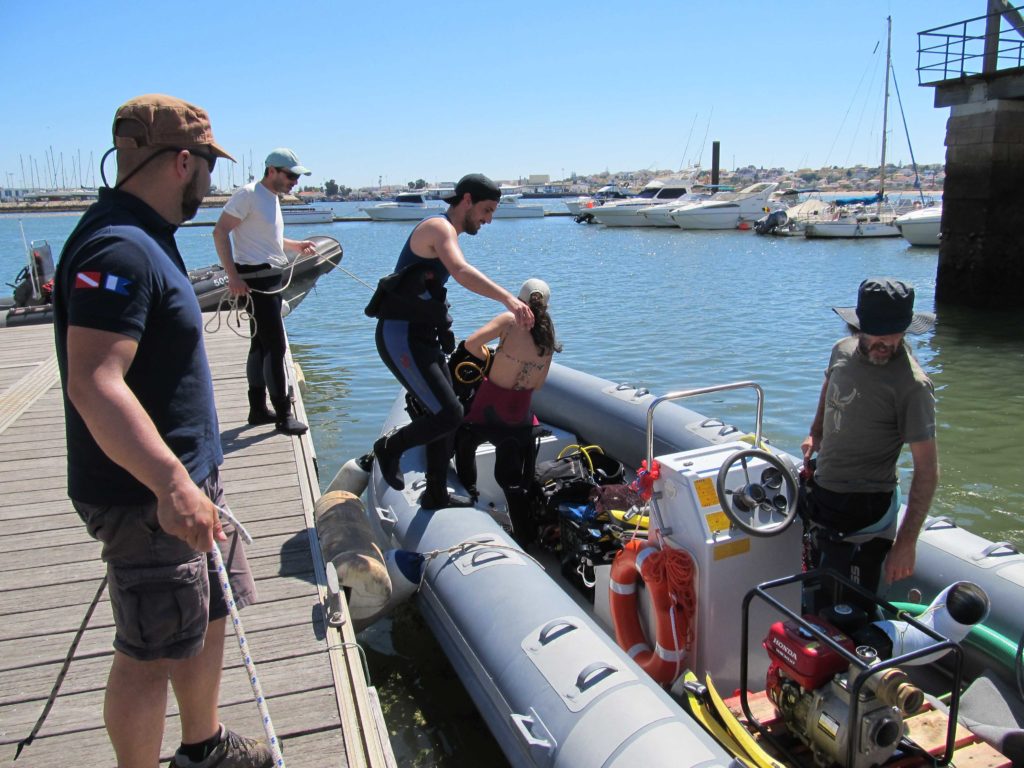
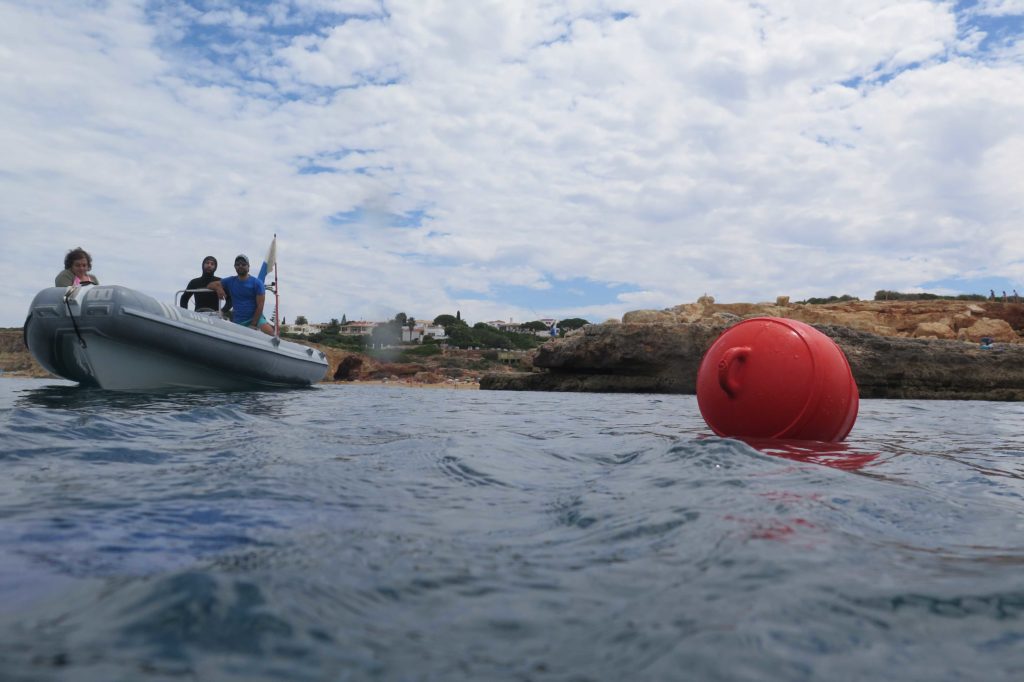
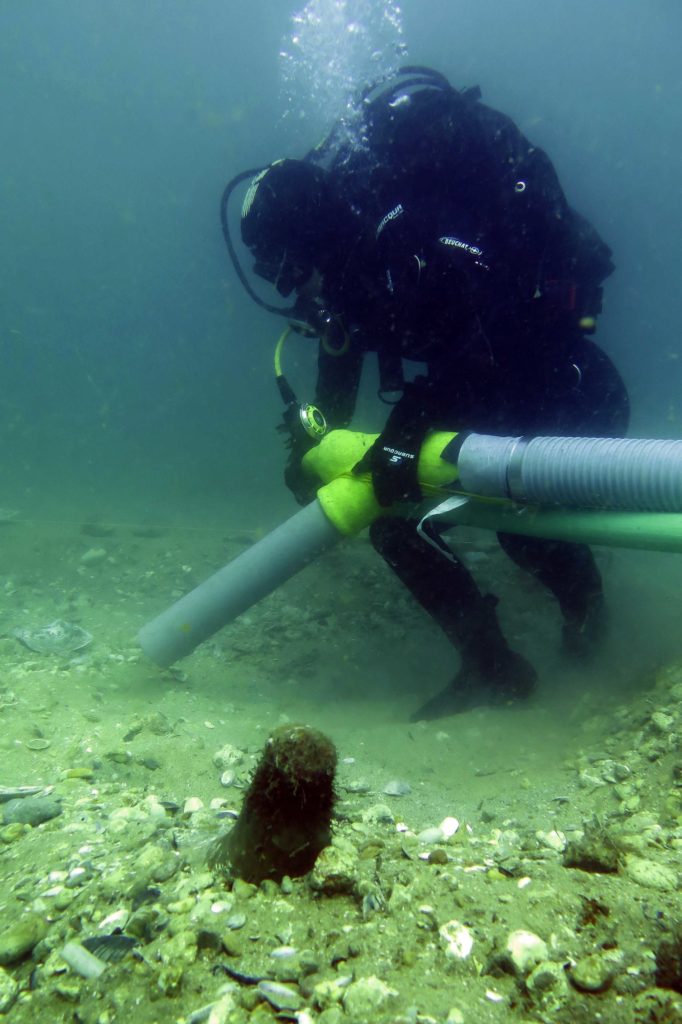
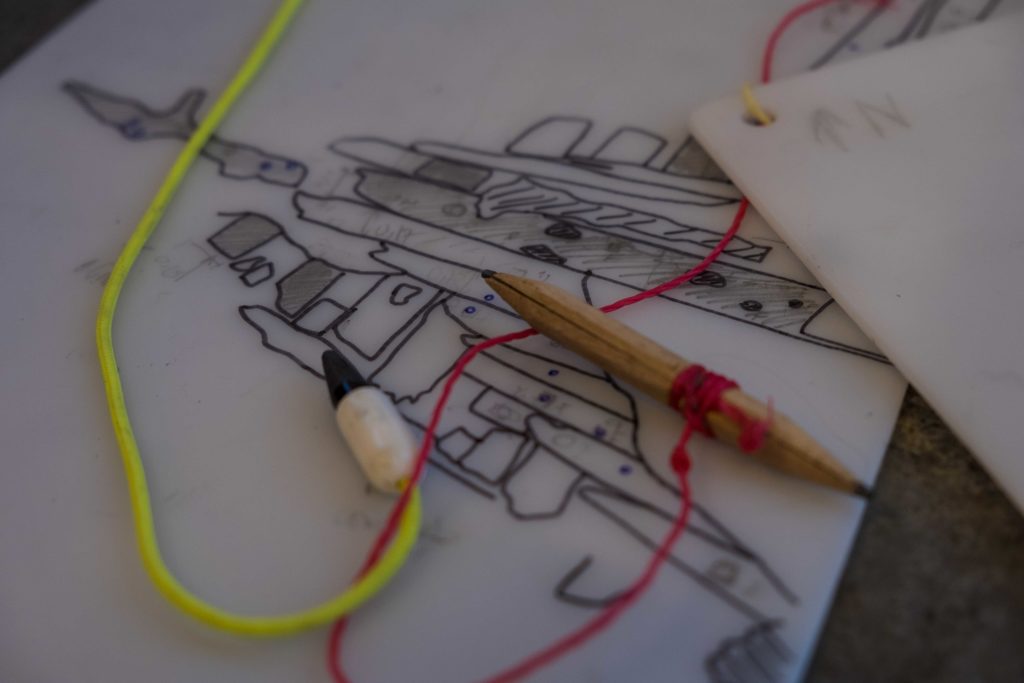
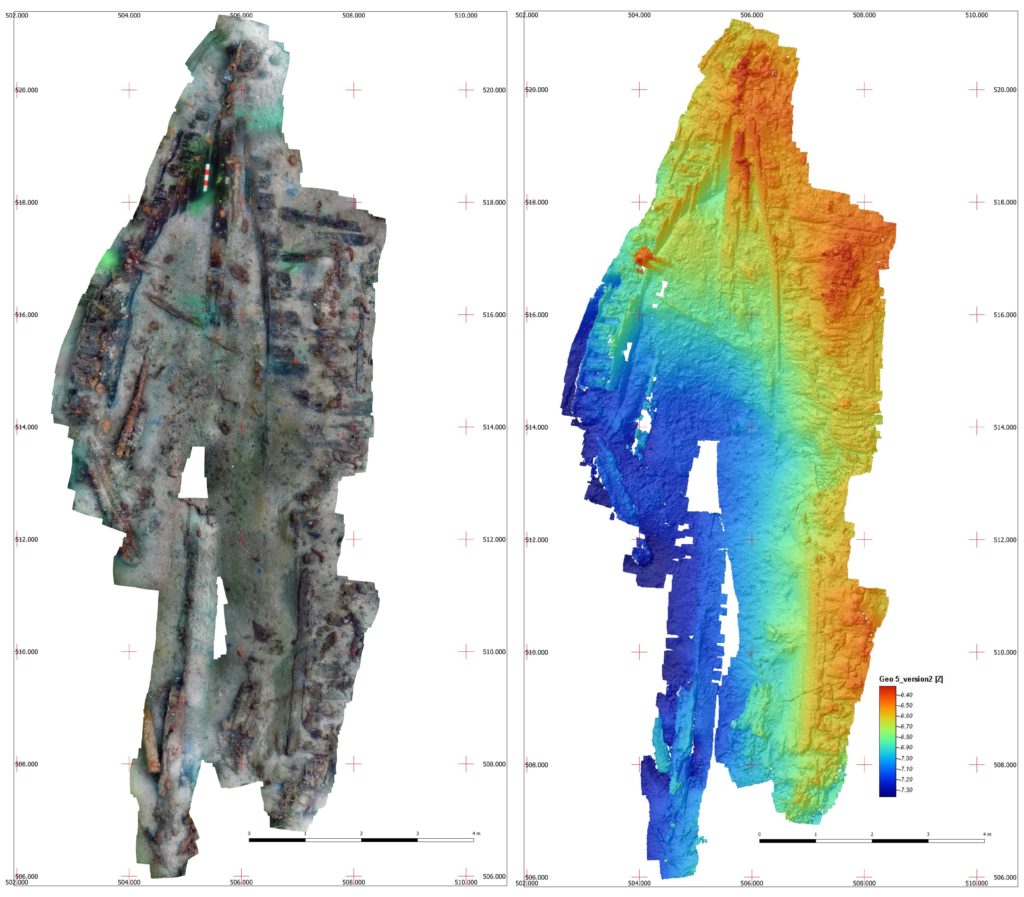
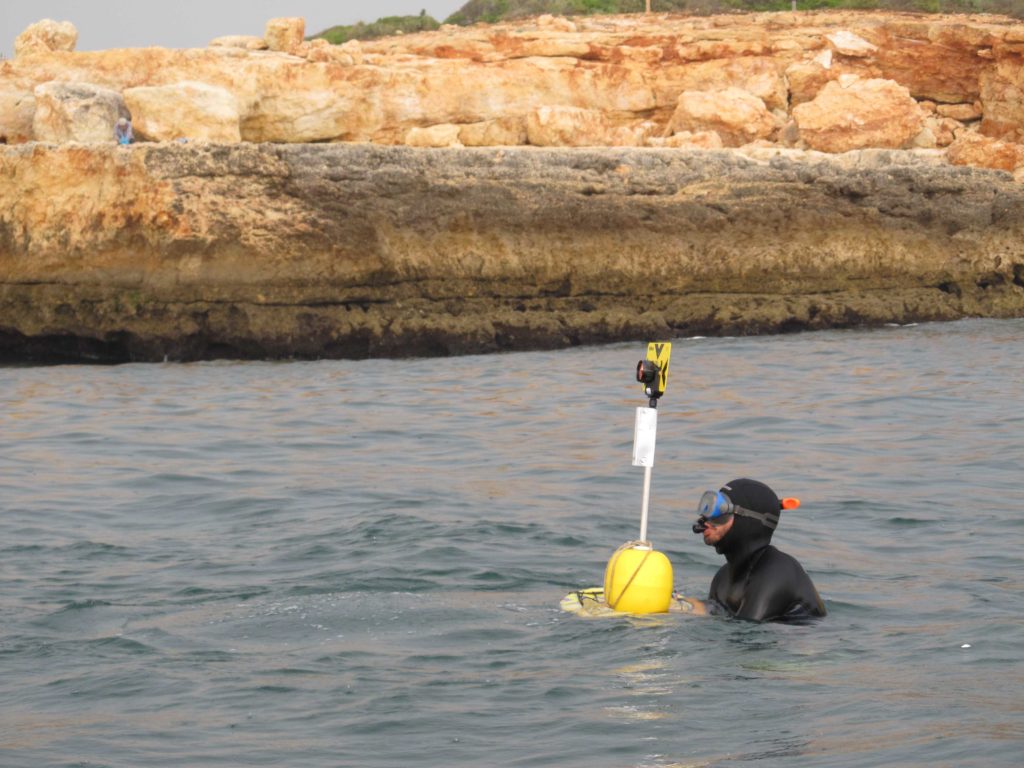
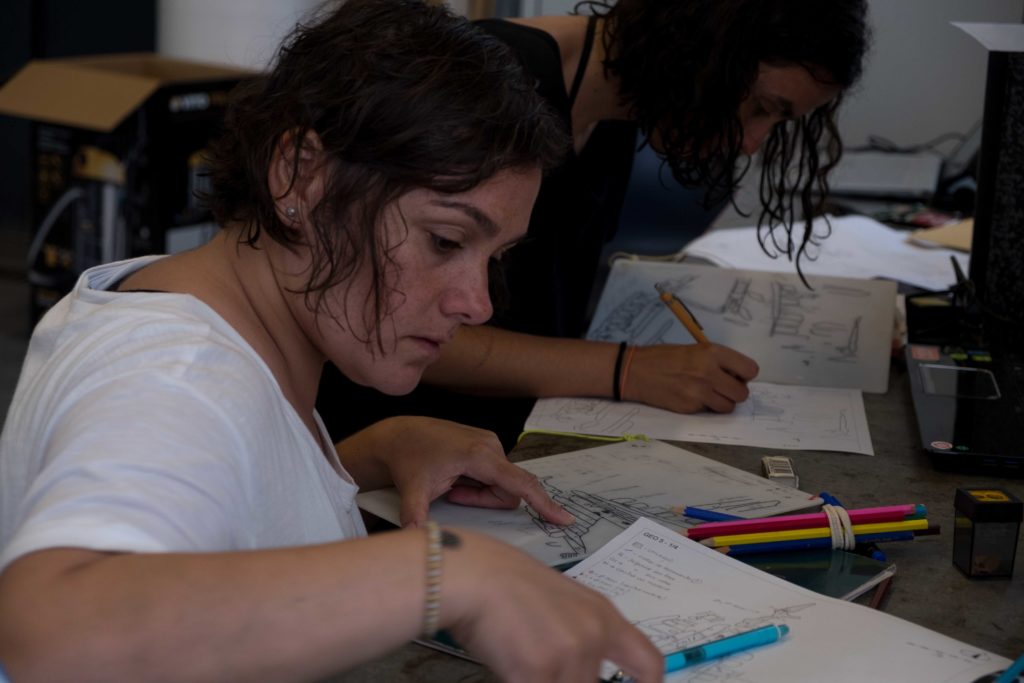
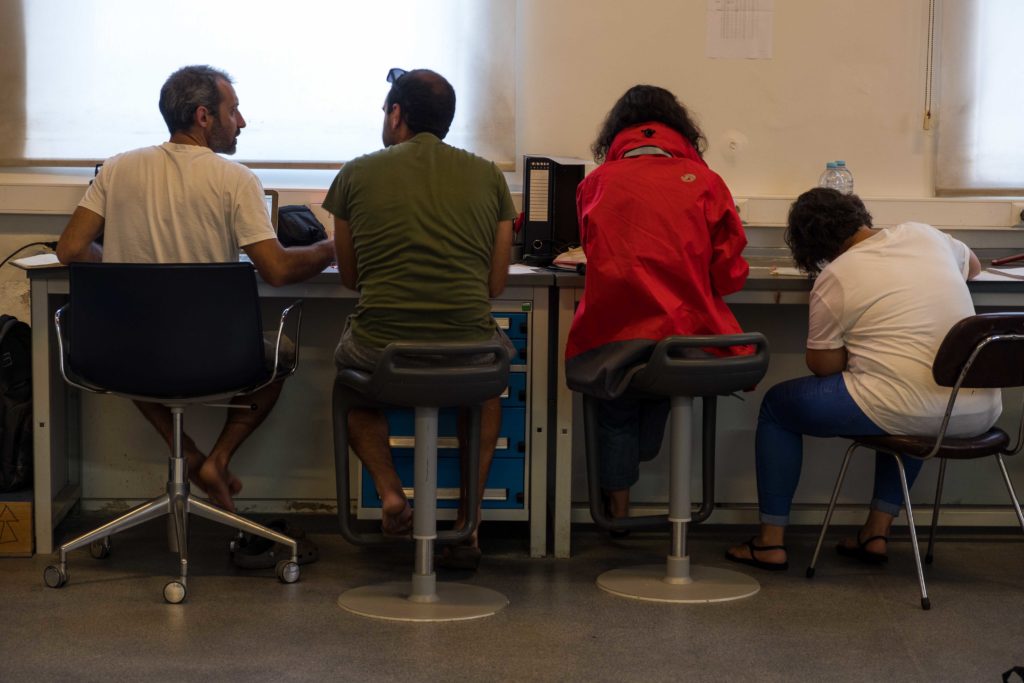


















Comments